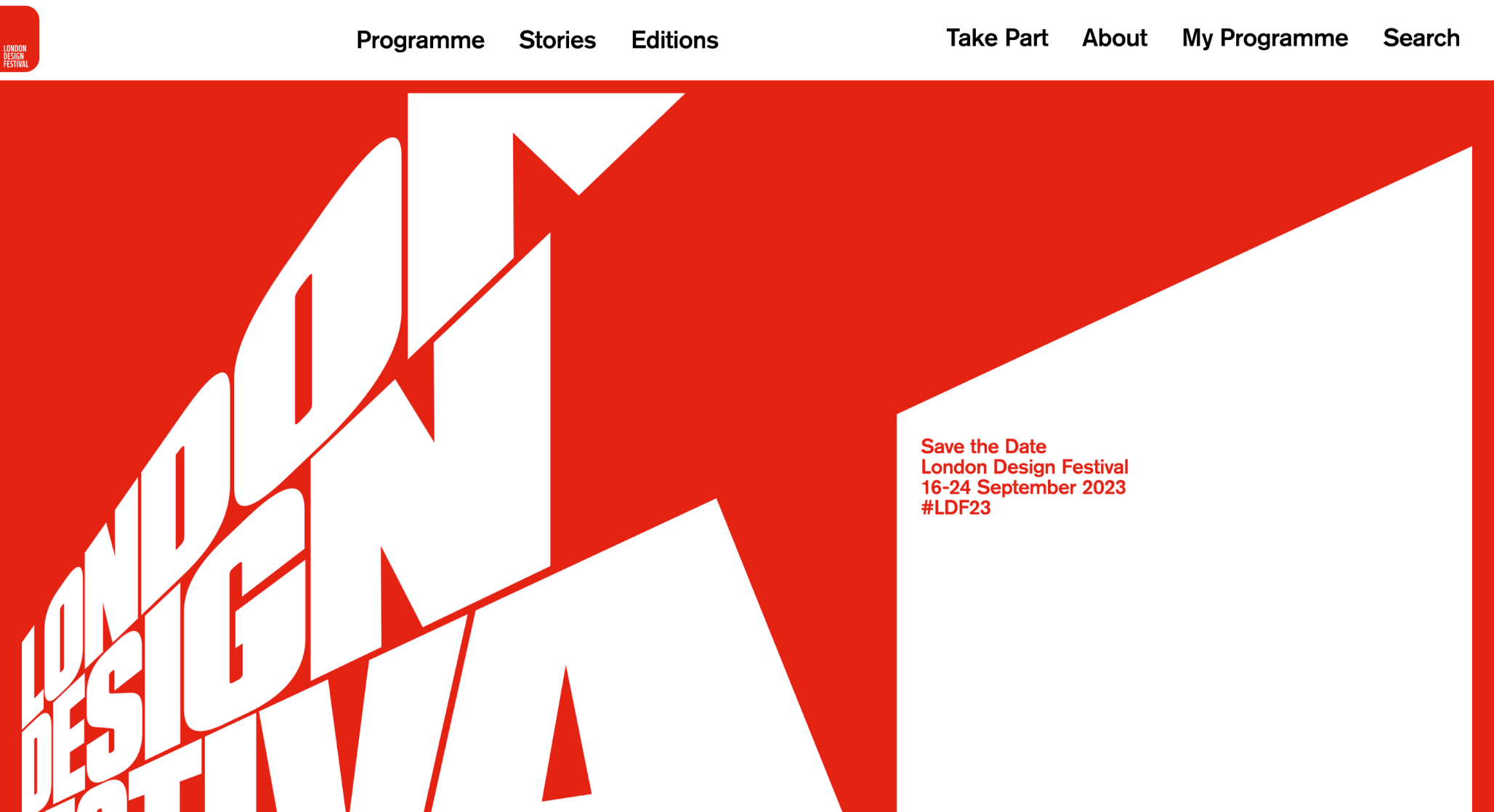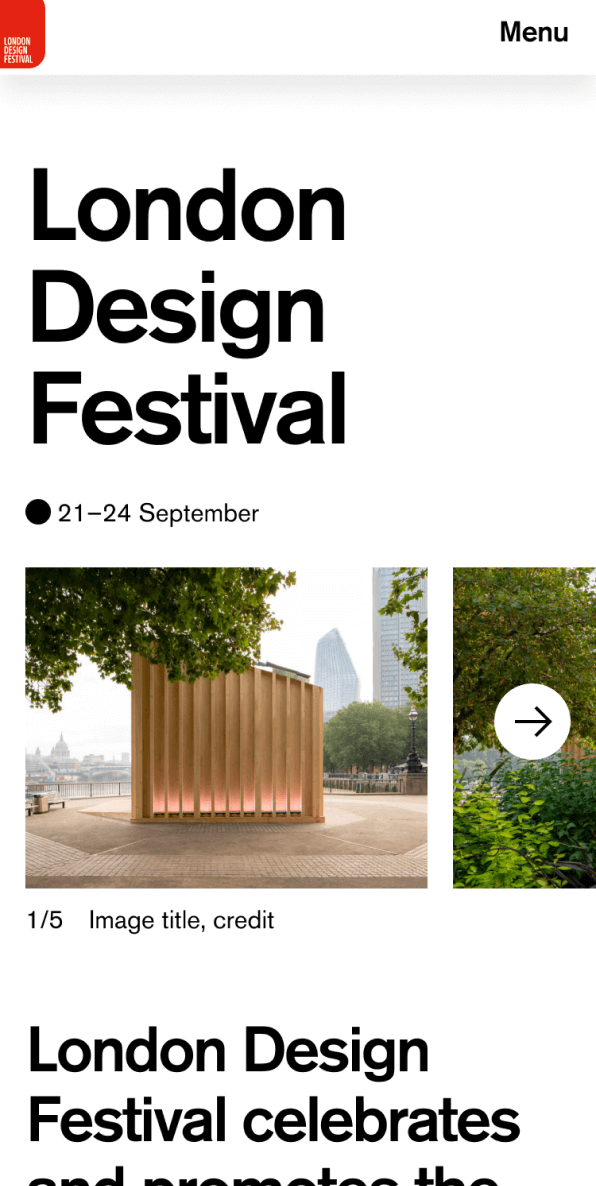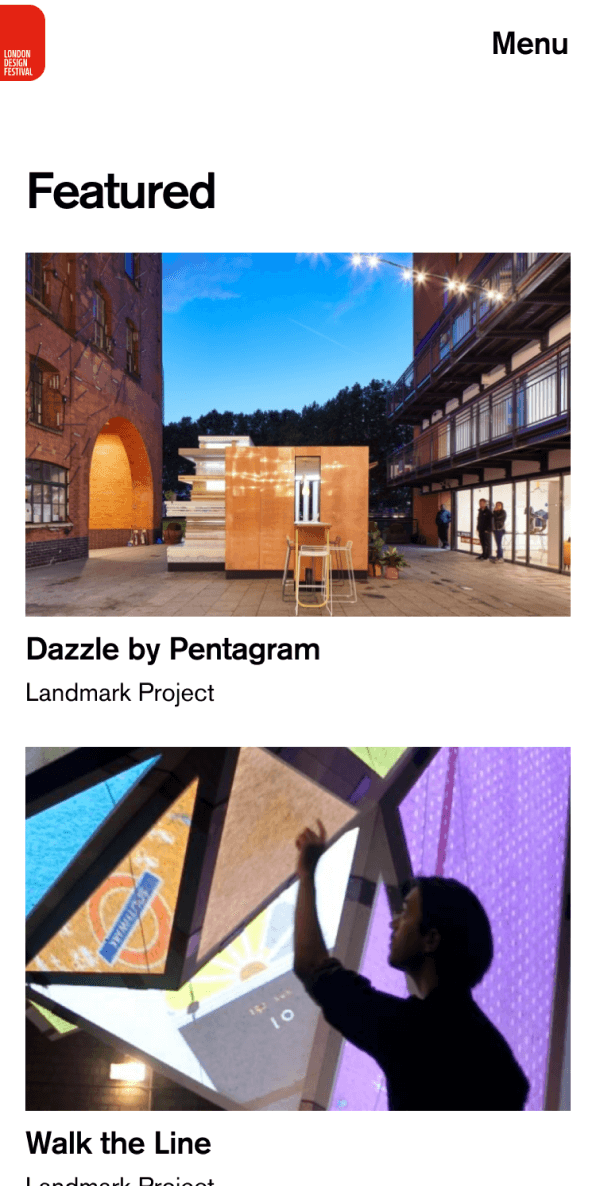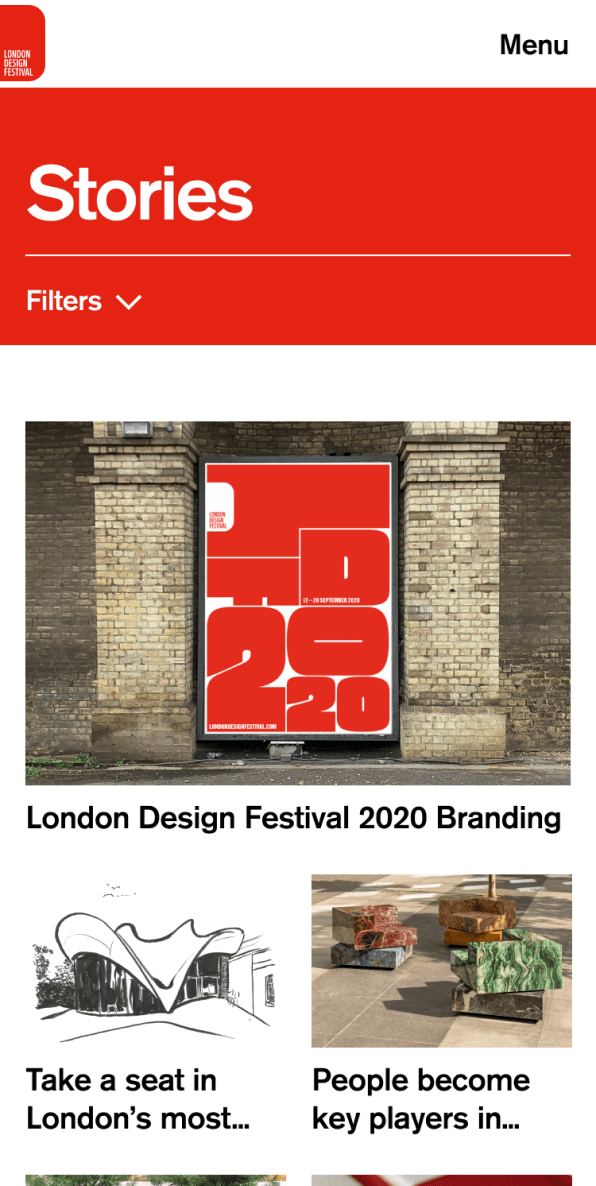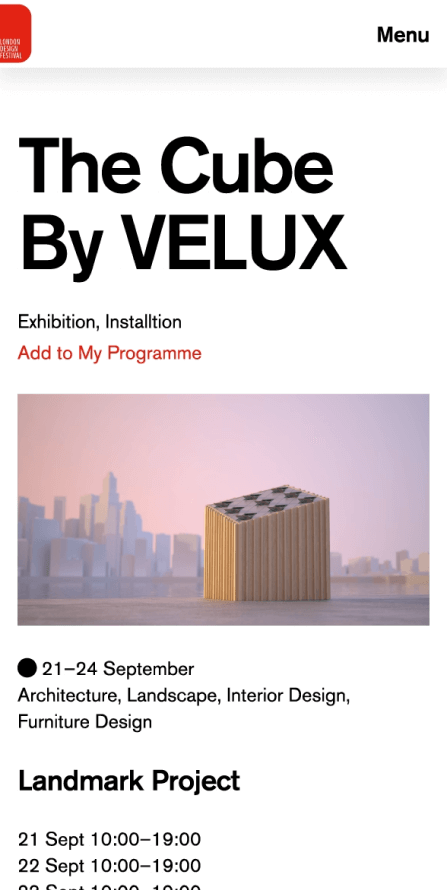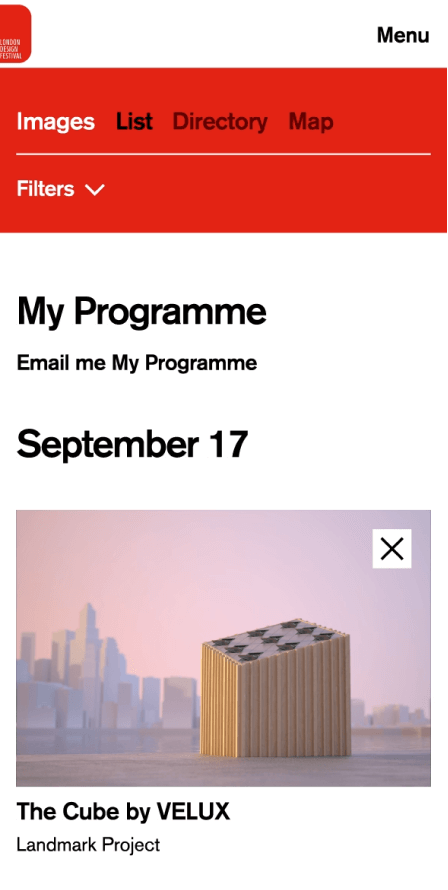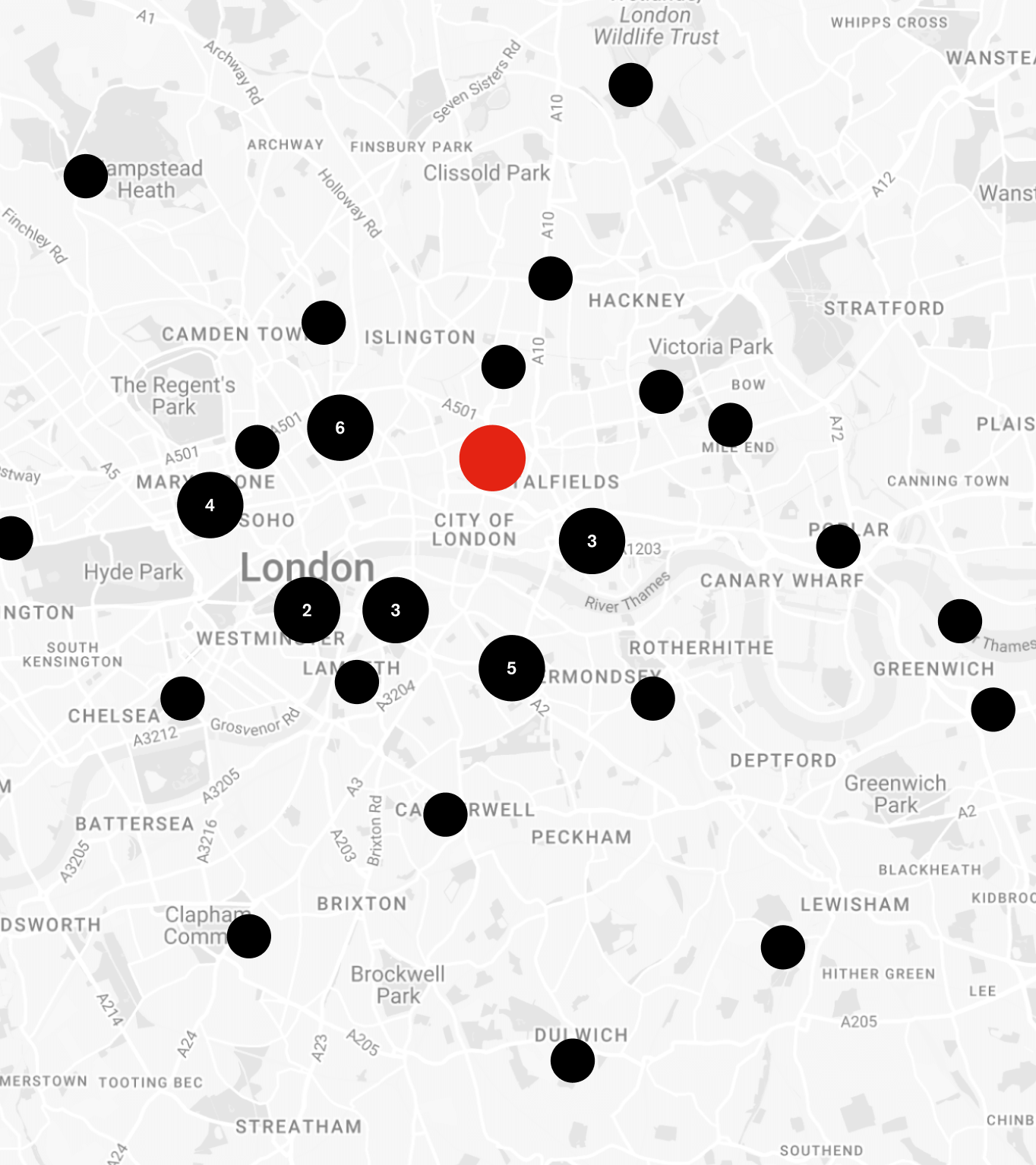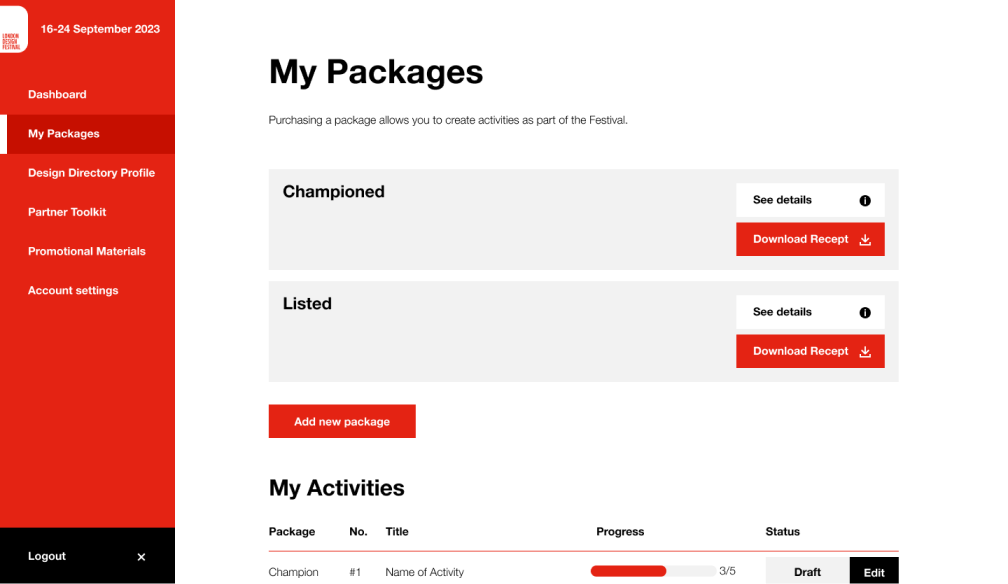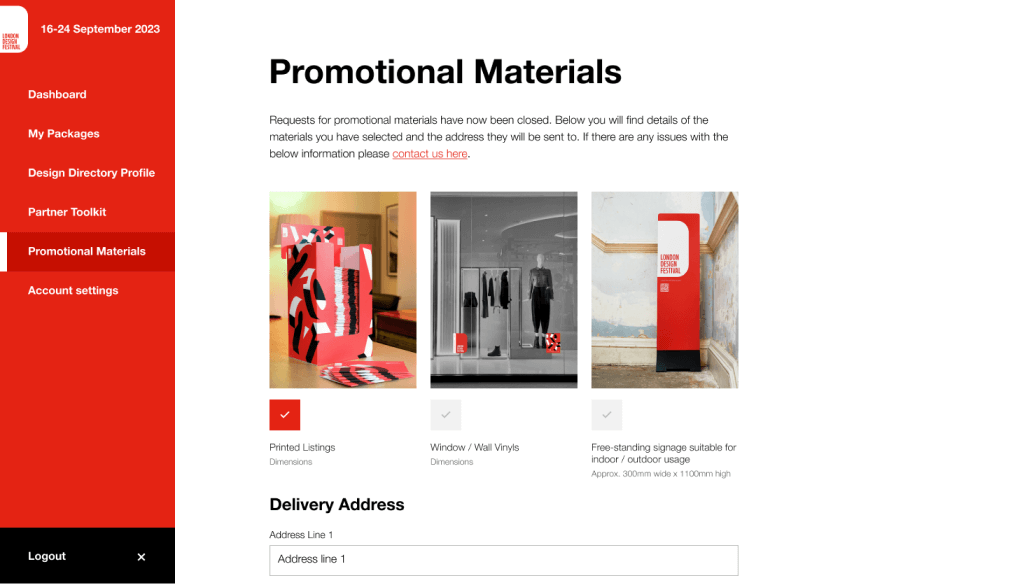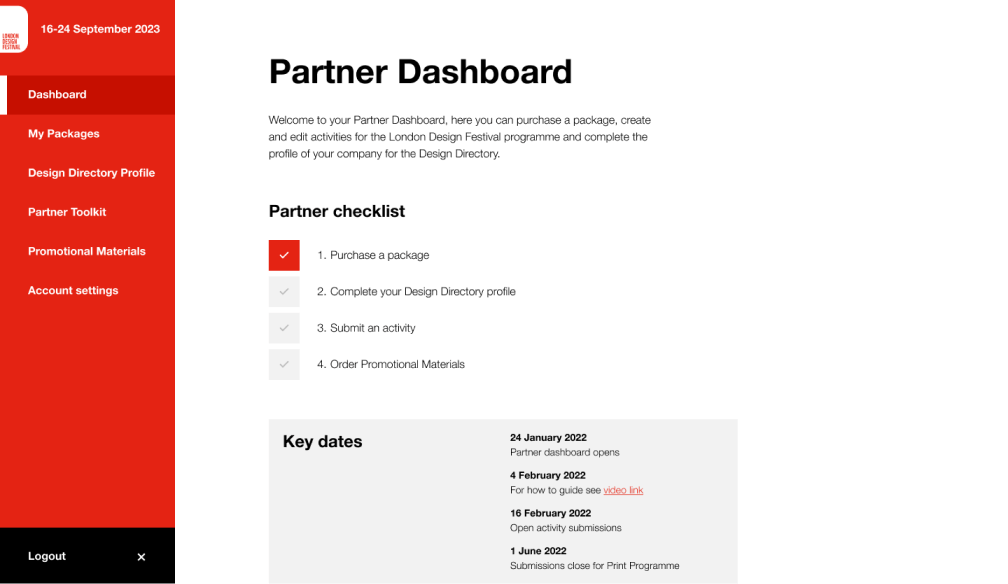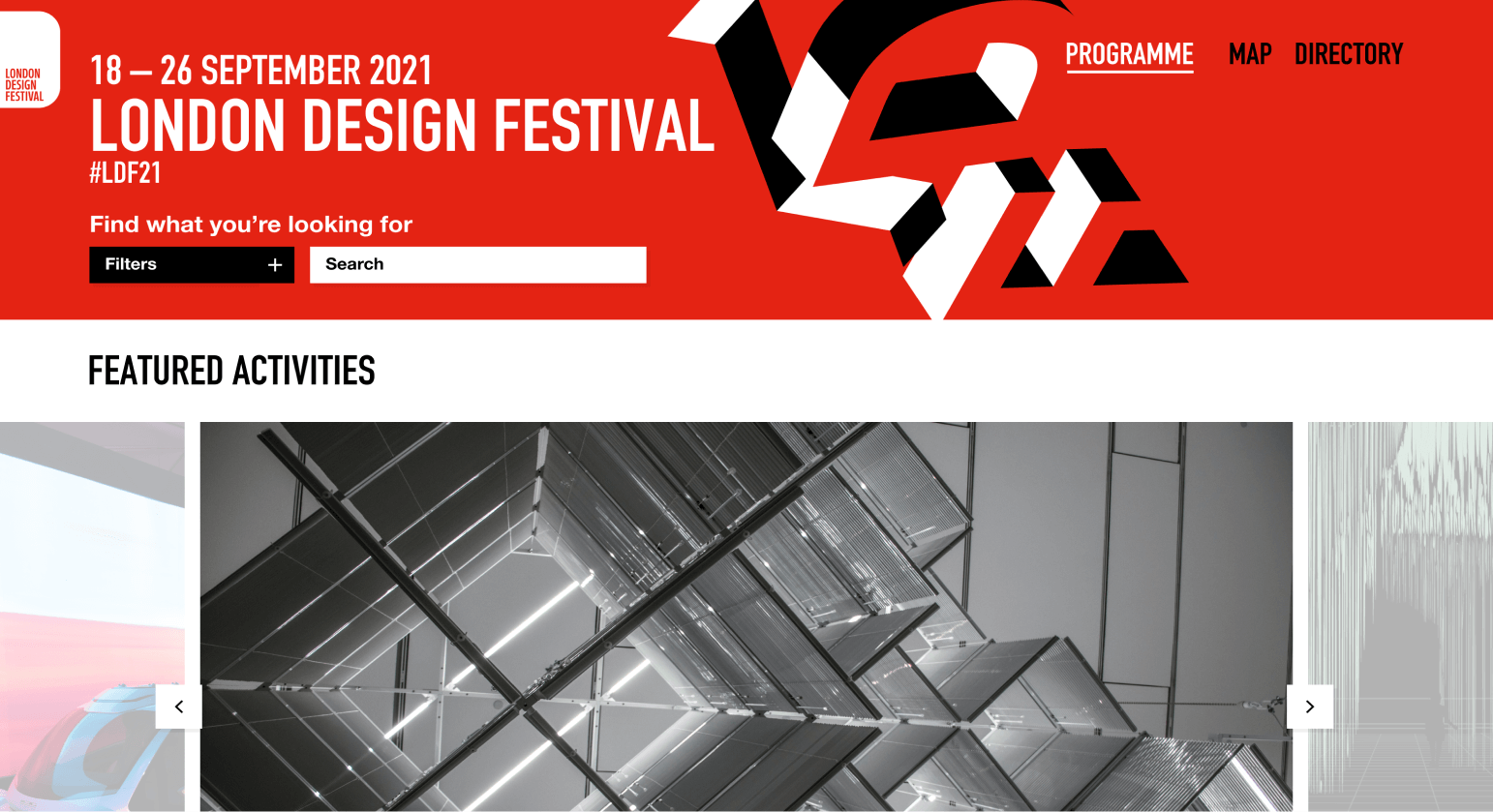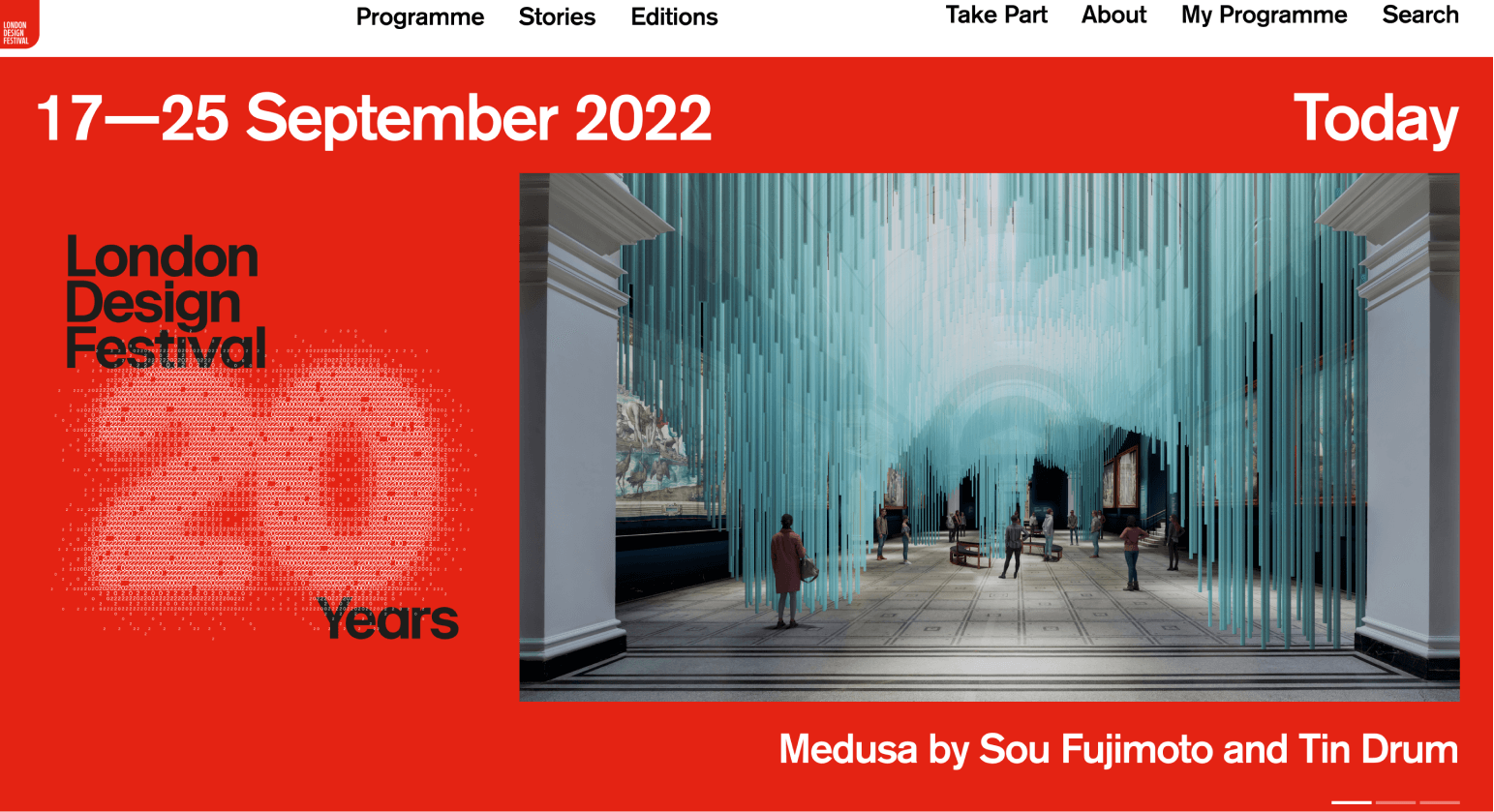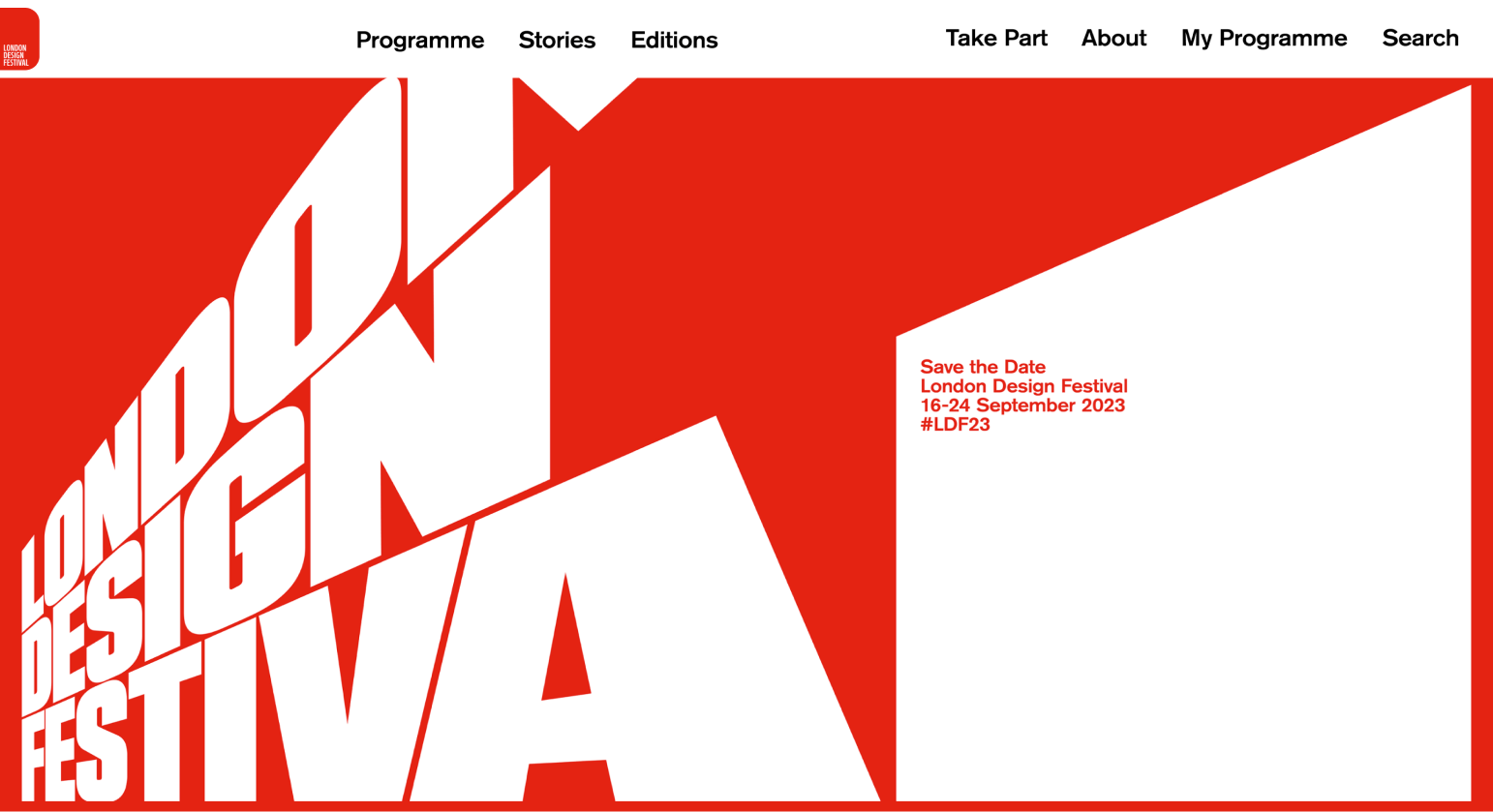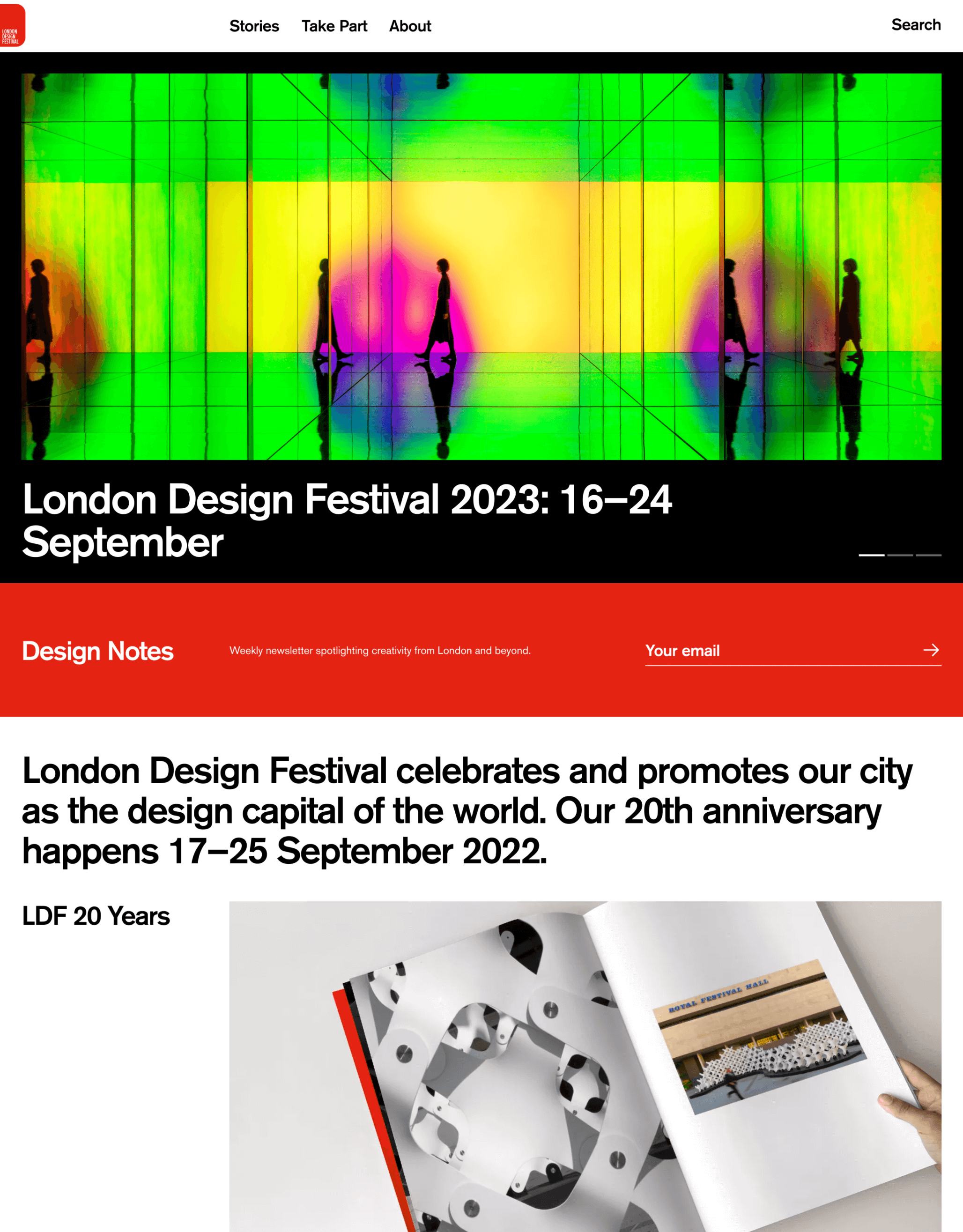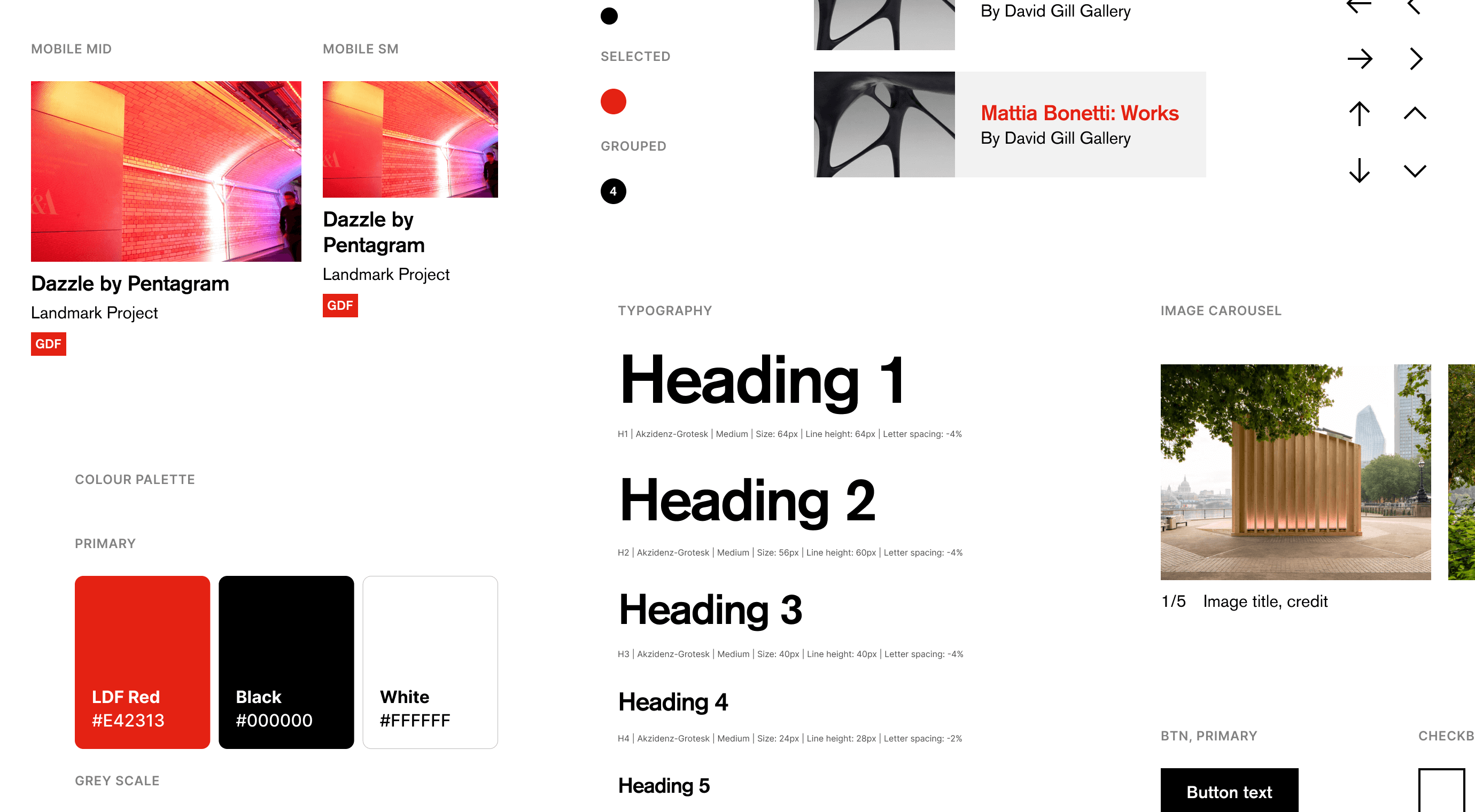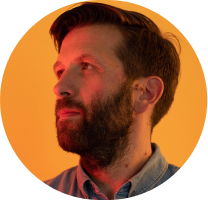The volume of events and the handling of multiple festival phases required a sophisticated
approach to content management. From an editor’s perspective, the platform needed to be
simple, fast, and user-friendly. From a technical
perspective, endless extensibility and security were essential. We therefore built the LDF
platform with the headless CMS Storyblok as it provided the perfect balance of a simple
editing experience and live preview capabilities in a highly flexible package.
Behind the visitor-facing events website, we built a partner dashboard. This is an area
where partners can add events, manage their company information, download supporting
materials and resources, and pay for their tiered partnership packages.
The dashboard was developed in Ruby, using the Ruby on Rails framework, with dedicated
error tracking and application monitoring by Honeybadger. This system alerts LDF if any
errors occur during editing, and identifies which customers are affected so that fixes can
be made instantly to ensure visitor experience is not negatively impacted.
